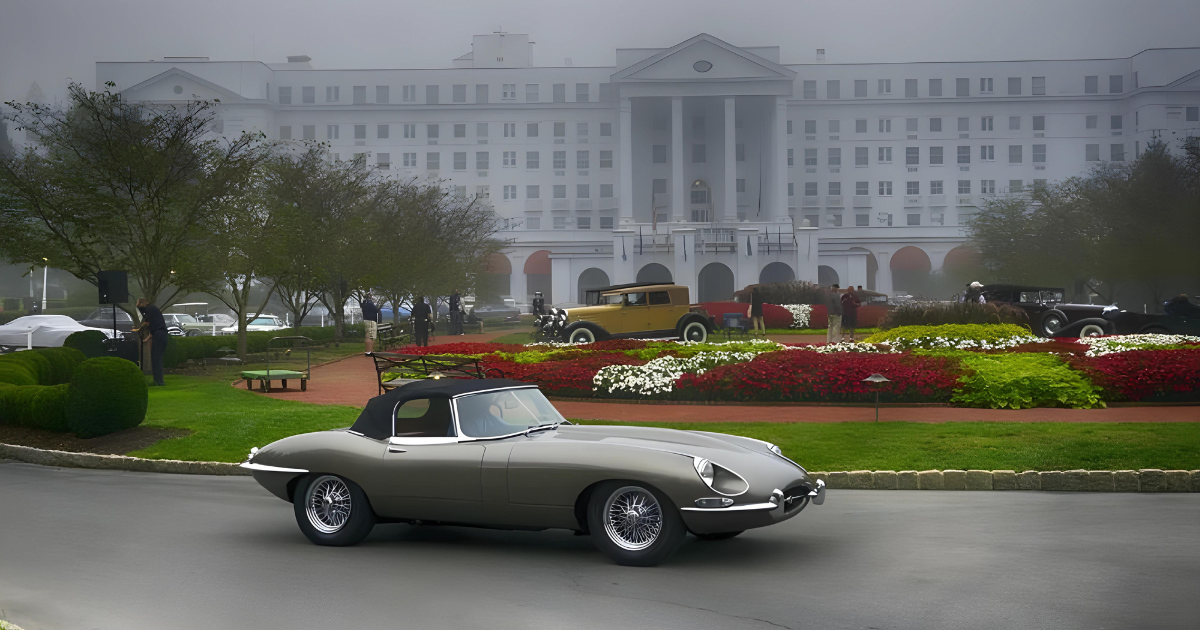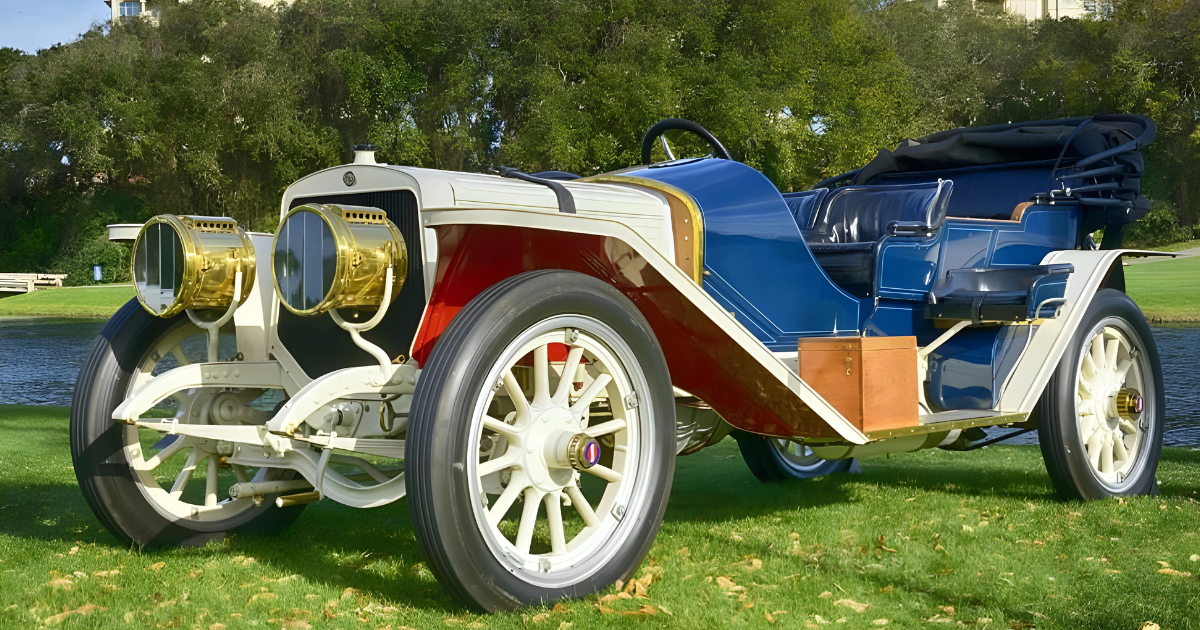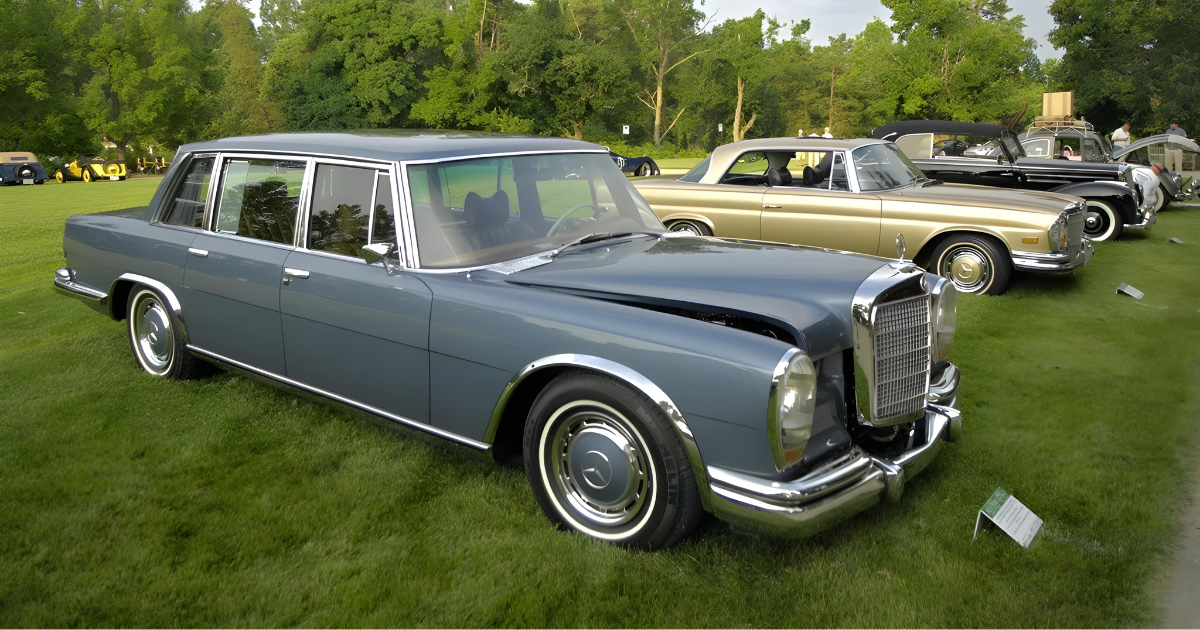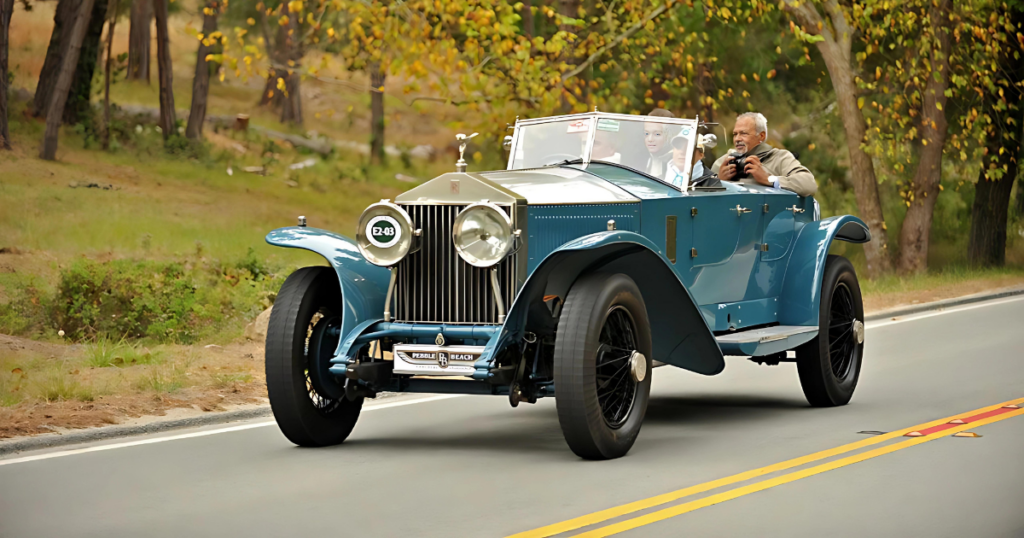
The 1928 Rolls-Royce Phantom I, chassis number 17 EX, stands as a testament to innovation, engineering prowess, and the pursuit of excellence in the automotive world. Far from being just another luxury automobile, this particular Phantom I holds a special place in the history of Rolls-Royce as an experimental factory car, tasked with a mission to rival the race-winning Bentleys of its time.
At the heart of this remarkable vehicle lies a spirit of ambition and adventure, embodied by its aerodynamic body designed by Jarvis of Wimbledon. This sleek design wasn’t just for show; it aimed to enhance the car’s performance on the race track. Rolls-Royce engineers pushed boundaries, fitting the Phantom with an enlarged 7.8-liter engine boasting aluminum cylinder heads and a modified camshaft, aiming for the elusive 100 mph milestone to solidify its reputation as one of the era’s fastest cars.
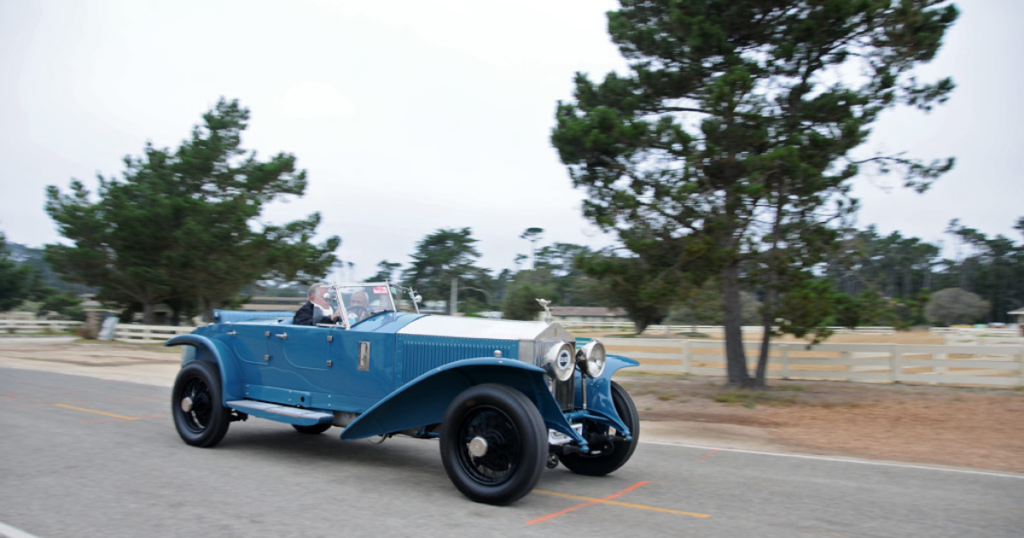
Under the watchful eye of Henry Royce himself, the car underwent rigorous testing and development, with engineers striving to unlock its full potential on both road and track. Despite Royce’s initial skepticism about the importance of racing, he recognized the significance of pushing the boundaries of automotive engineering and performance.
The result of this dedication and meticulous attention to detail was a car that not only met but exceeded expectations, earning the prestigious title of Phantom Sports. Its prowess on the track not only showcased Rolls-Royce’s commitment to excellence but also served as a testament to the visionary leadership of Henry Royce, whose passion for innovation propelled the company to new heights in the automotive world. Today, the Phantom Sports remains a revered icon, embodying the spirit of ingenuity and craftsmanship that defines the Rolls-Royce legacy.
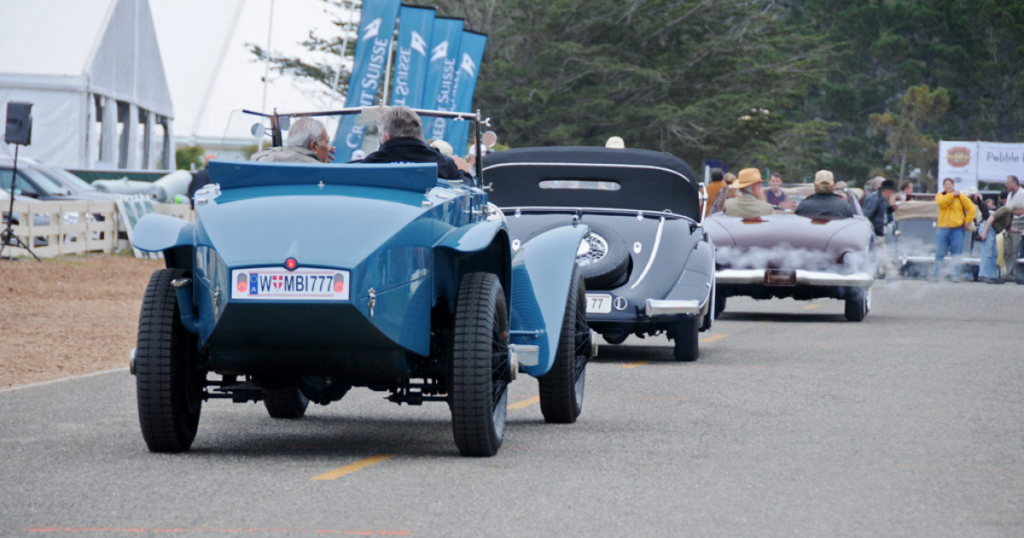
In 1929, after proving its mettle on the track, chassis number 17 EX found a new home in the regal surroundings of Jammu and Kashmir, under the ownership of the young Maharaja. Here, amidst a fleet of 26 other Rolls-Royces belonging to the Maharaja’s family, the car led a life of luxury and distinction, befitting its prestigious pedigree.
Despite its short-lived racing career, the legacy of the 1928 Rolls-Royce Phantom I lives on as a symbol of innovation, performance, and luxury. Its groundbreaking design and engineering innovations paved the way for future generations of Rolls-Royce vehicles, leaving an indelible mark on the automotive world.
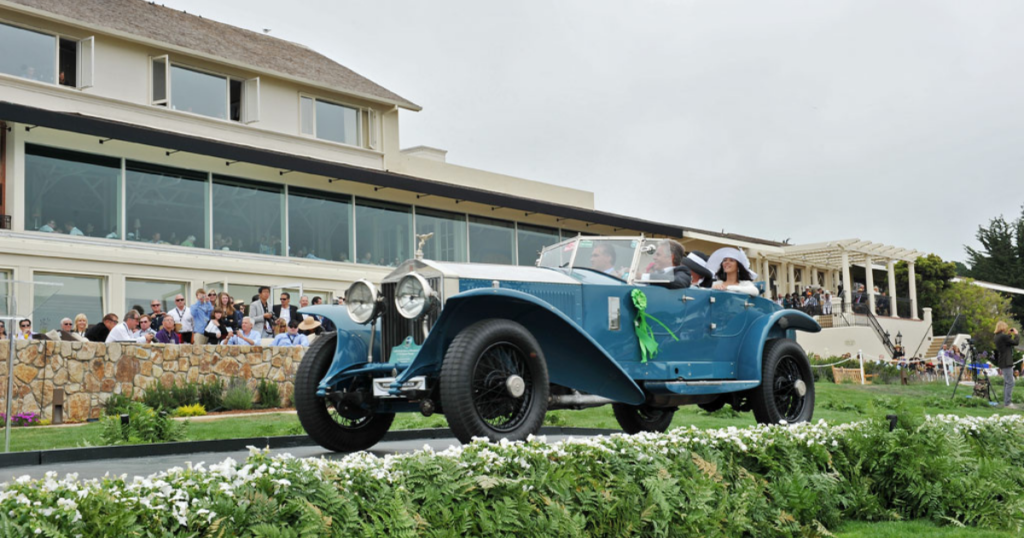
Today, as a cherished relic of automotive history, chassis number 17 EX serves as a reminder of a bygone era when engineering prowess and a spirit of adventure drove the pursuit of automotive excellence. Its story continues to captivate enthusiasts and collectors alike, offering a glimpse into a time when Rolls-Royce stood at the forefront of automotive innovation and luxury.

